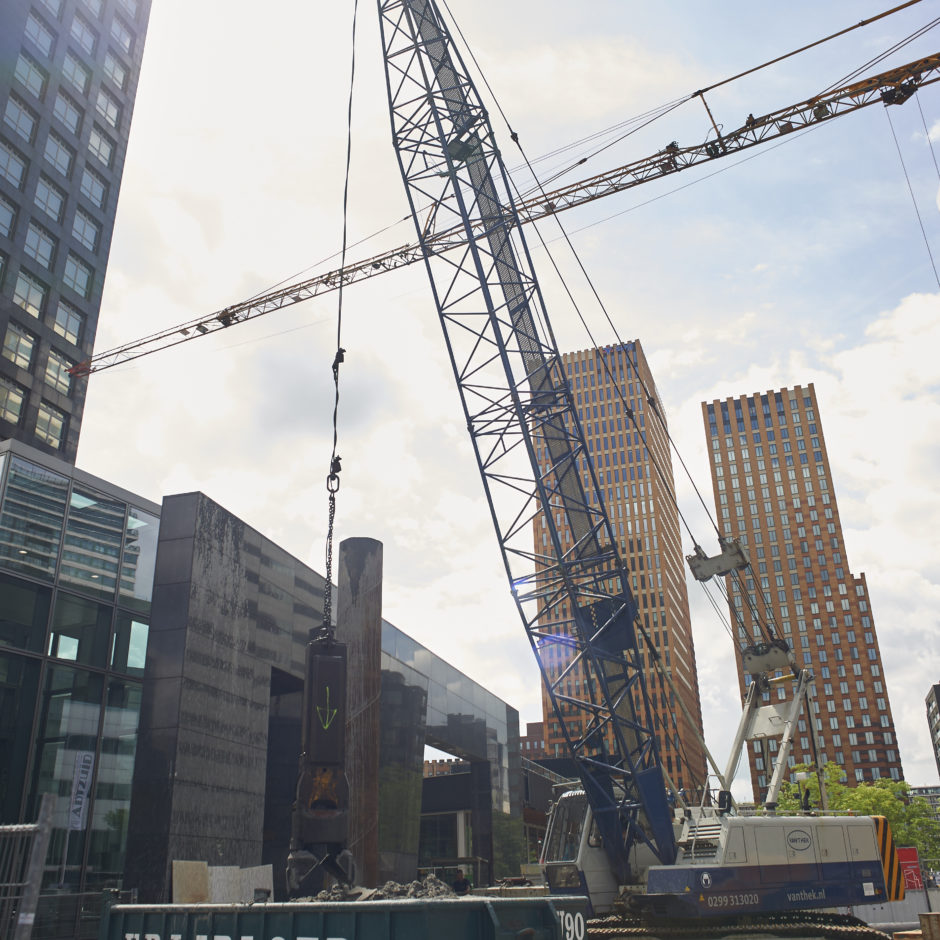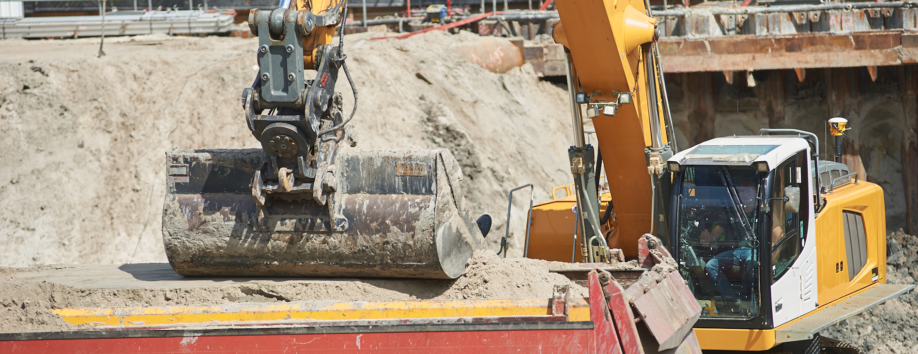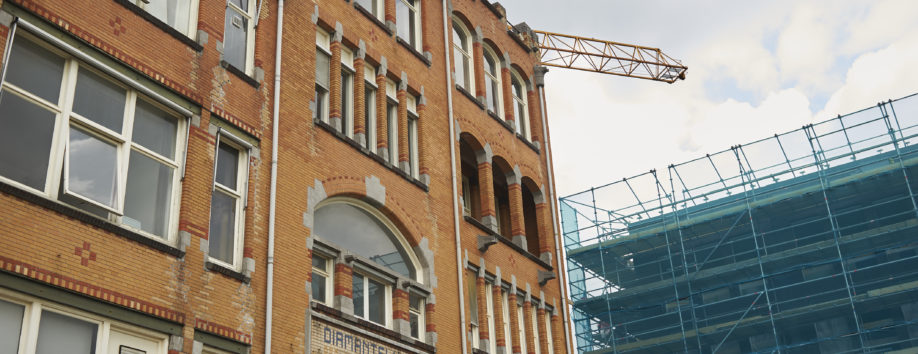What is the Ladder?
The Ladder asks local authorities to validate proposed new urban developments in the explanatory notes on spatial planning decisions, using three ‘steps’. New urban development means the spatial development of industrial estates or seaport sites, or offices, retail, residential or other urban amenities.
The three steps that local authorities must follow to appraise new urban developments are the following:
- Details of the current regional demand for the proposed development;
- Arguments showing how the demand within the existing urban area could be filled, considering the use of available lands by restructuring and transformation;
- If the new urban development cannot be provided within the existing urban area: a description of the possibilities of development in an easily accessible location.
Required Adjustments
Case law in the wake of the Ladder’s introduction has led the Minister of Infrastructure and the Environment to take stock of the bottlenecks presented by the Ladder, and the potential solutions. The biggest bottleneck is the obscure terminology (in particular in the first step: ‘current regional demand’, in the second step: ‘existing urban area’ and in the third step: ‘new urban development’). In her letter of 23 November 2015 to the Lower House the Minister announced she would adjust the Ladder and clarify the terms used. The term ‘current regional demand’ might be replaced by the phrase ‘utility and need’. The adjusted Ladder should take effect with the Spatial Planning Decree of 1 January 2017.
The Ladder will still apply, even under the Environment and Planning Act (yet to take effect). Slangen Advocaten will continue to closely monitor any new developments.
Fiona Sassen
sassen@slangen-advocaten.nl
12 January 2016



